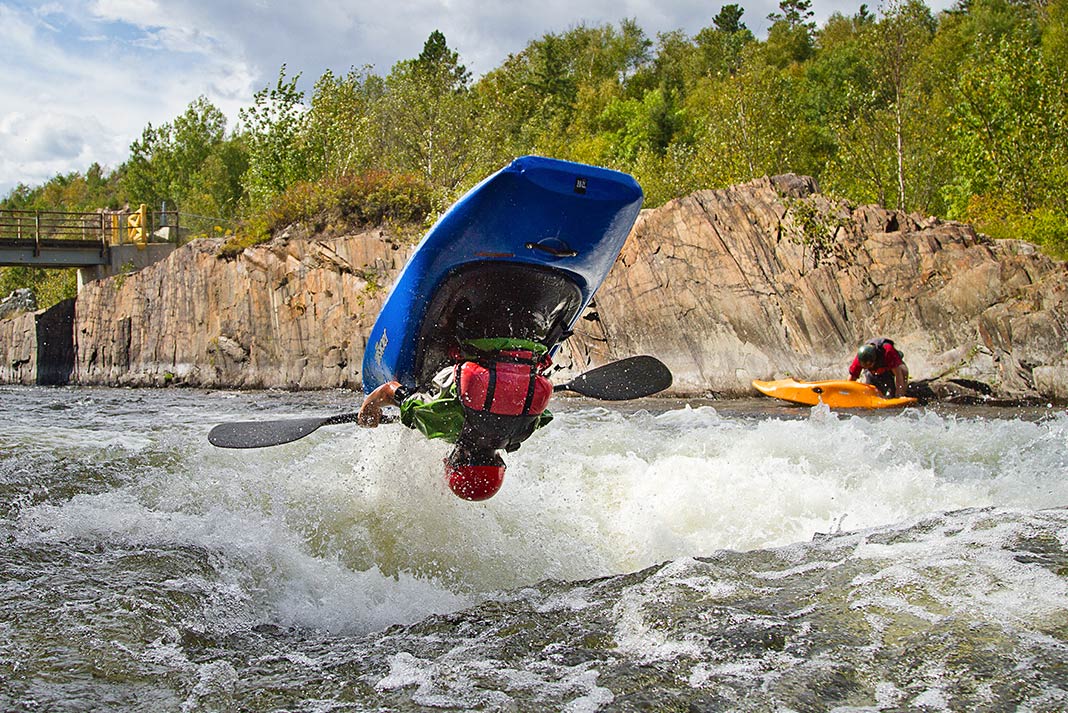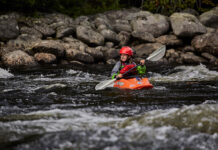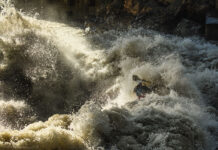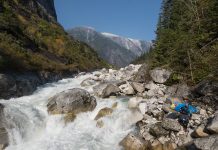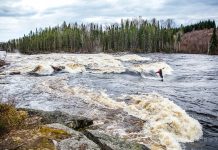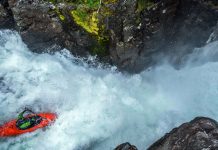We asked the pros to think back on their up-and-coming freestyle kayak days, when they were still mastering the basics or trying to add more difficult skills to their repertoire. We wondered which freestyle kayak trick they were most proud of learning. The answers might surprise you.
I learned to handroll in 1973 or 1974. At that point, at least around the Chattooga, it was a rare enough stunt my friends would often gather other people around and have me roll, and sometimes bet a beer over whether or not I could do it.
—Joe Pulliam
I did my first blunt on Garburator in 2005. I was so excited, I talked about it for years.
—Adriene Levknecht
The front loop. I spent months working on it in inlet gate at Nottingham. Trying to be superman and jump for the sky or a basketball being dunked through a hoop upstream of the hole. When it finally began to work it was the best feeling ever.
—Claire O’Hara
Thirteen years old on the Ottawa River, with some guidance from Nick Troutman, landing straight airscrews for the first time.
—Dane Jackson
Tailies. The first time I managed to get my kayak vertical. I couldn’t get enough of them.
—Bren Orton
Putting on my spray skirt.
—Tyler Bradt
When I was seven and did my first freestyle competition ever, I made a trick and I called it the Tricky Horse. I remember running up to Emily Jackson, who was the head judge for the cadet competition, bubbling with excitement to tell her to keep an eye out for it and find out how many points it would be worth.
—Sage Donnelly
I was really stoked when I learned how to air loop my Disco around 2001 or 2002. The Disco was way ahead of its time and most pro kayakers couldn’t loop their slicey boats.
—Chris Gratmans
All of them, but it started with the stoke when I learned to spin. I still get fired up any time I learn a new trick, or even just do a hard one.
—Nick Troutman
Probably the first time I did a legit roll in whitewater. I was eight or nine and it was just before a slalom competition so there was a lot of people around. I was very proud because no one knew I could roll and they were all expecting me to swim.
—Nouria Newman
The third end. When you are learning to cartwheel, the third end is the hardest to gain. It means you have done more than just used the momentum of the initiation to gain a stern end, you have balance and used technique to get the third. I’ll never forget my first third end. It was in a small hole on the Madawaska River, while my dad and his friend watched as they ate lunch. My dad yelled, while holding up three fingers, “That’s three, that’s three!”
—Ben Marr
Good old-fashioned ender. I’d seen my childhood hero, Jerome Truran, doing them and I really wanted to do it. I was about 13 or 14 at the time and was in a Dancer. I did the first one just messing about at this rapid up the road from my house in Durban, South Africa. I was beside myself with happiness.
—Corran Addison
Backsurfing my Perception Dancer was one of my prouder moments.
—Erik Boomer
I’ve been proud of all the tricks I’ve been able to learn, from my first spin to multiple combo moves. However, fully dialing in clean, fast hull-to-hull airscrews immediately became, and continues to be, my favorite trick.
—Kalob Grady
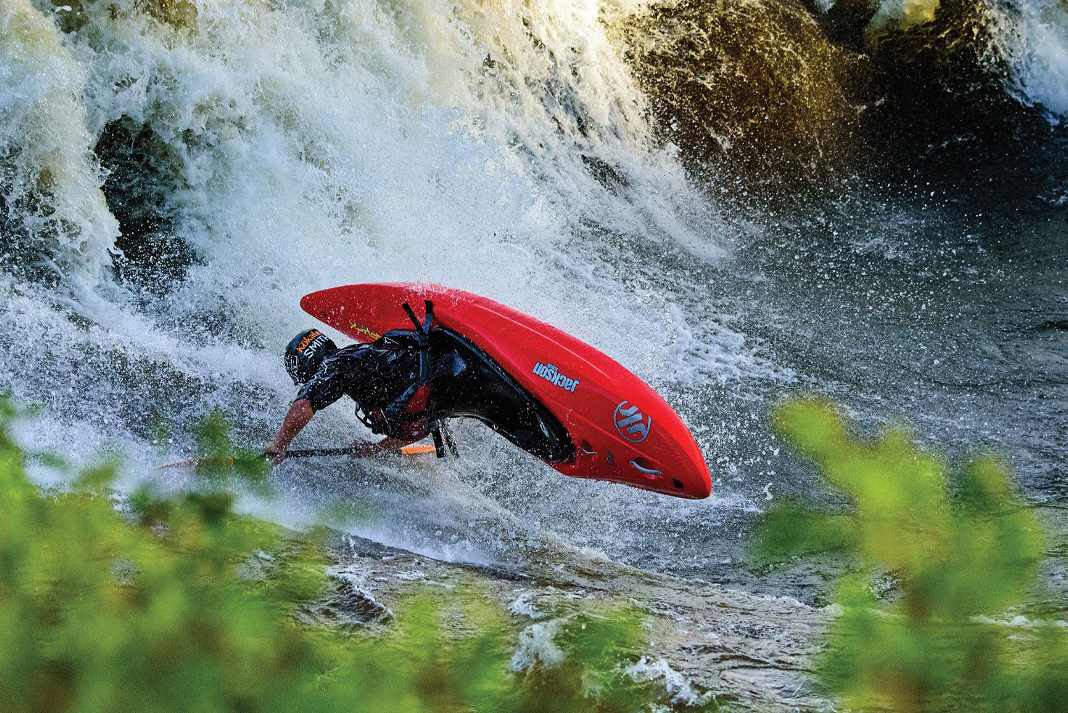
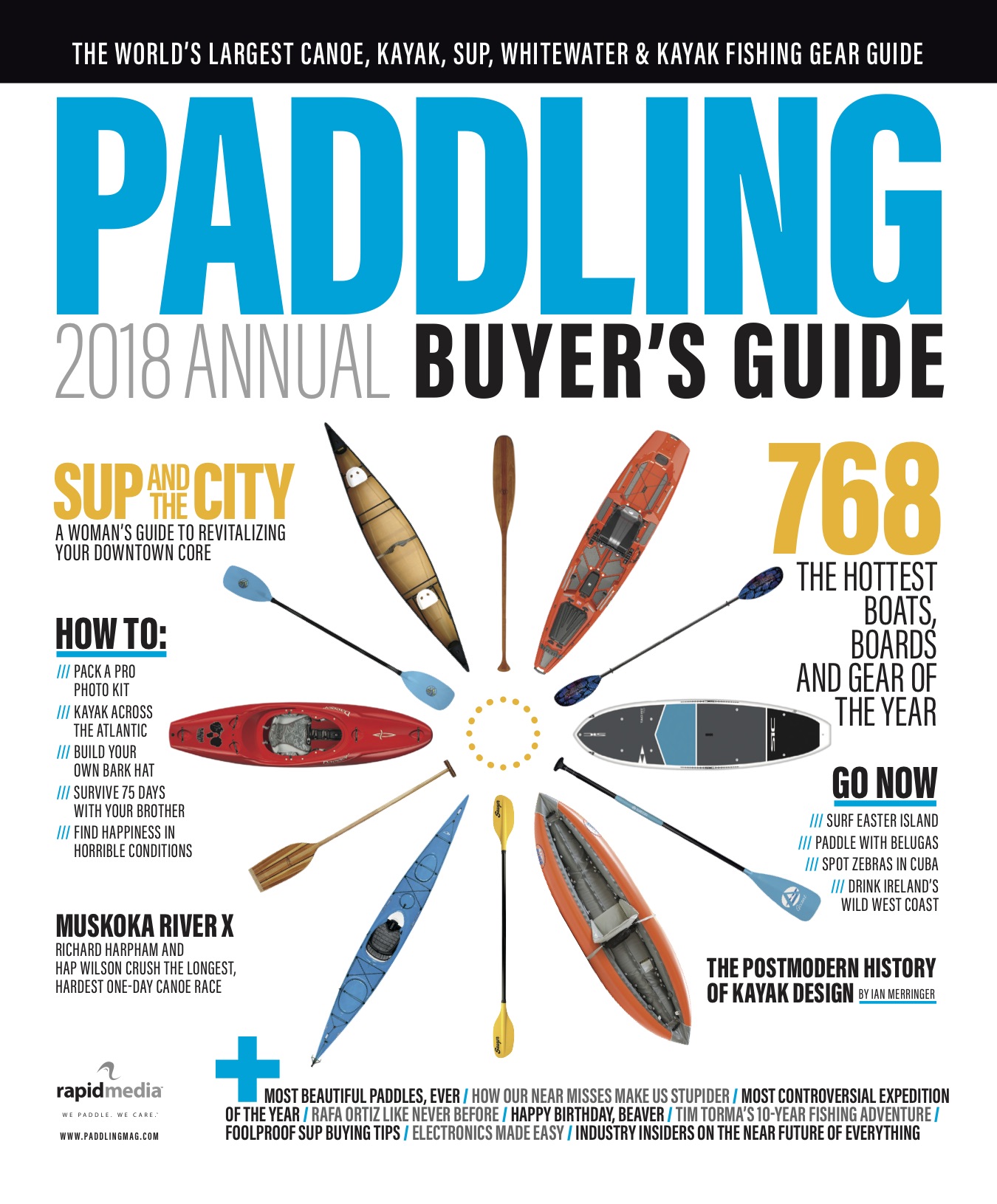 This article first appeared in the 2015 Paddling Buyer’s Guide. Subscribe to Paddling Magazine and get 25 years of digital magazine archives including our legacy titles: Rapid, Adventure Kayak and Canoeroots.
This article first appeared in the 2015 Paddling Buyer’s Guide. Subscribe to Paddling Magazine and get 25 years of digital magazine archives including our legacy titles: Rapid, Adventure Kayak and Canoeroots.



